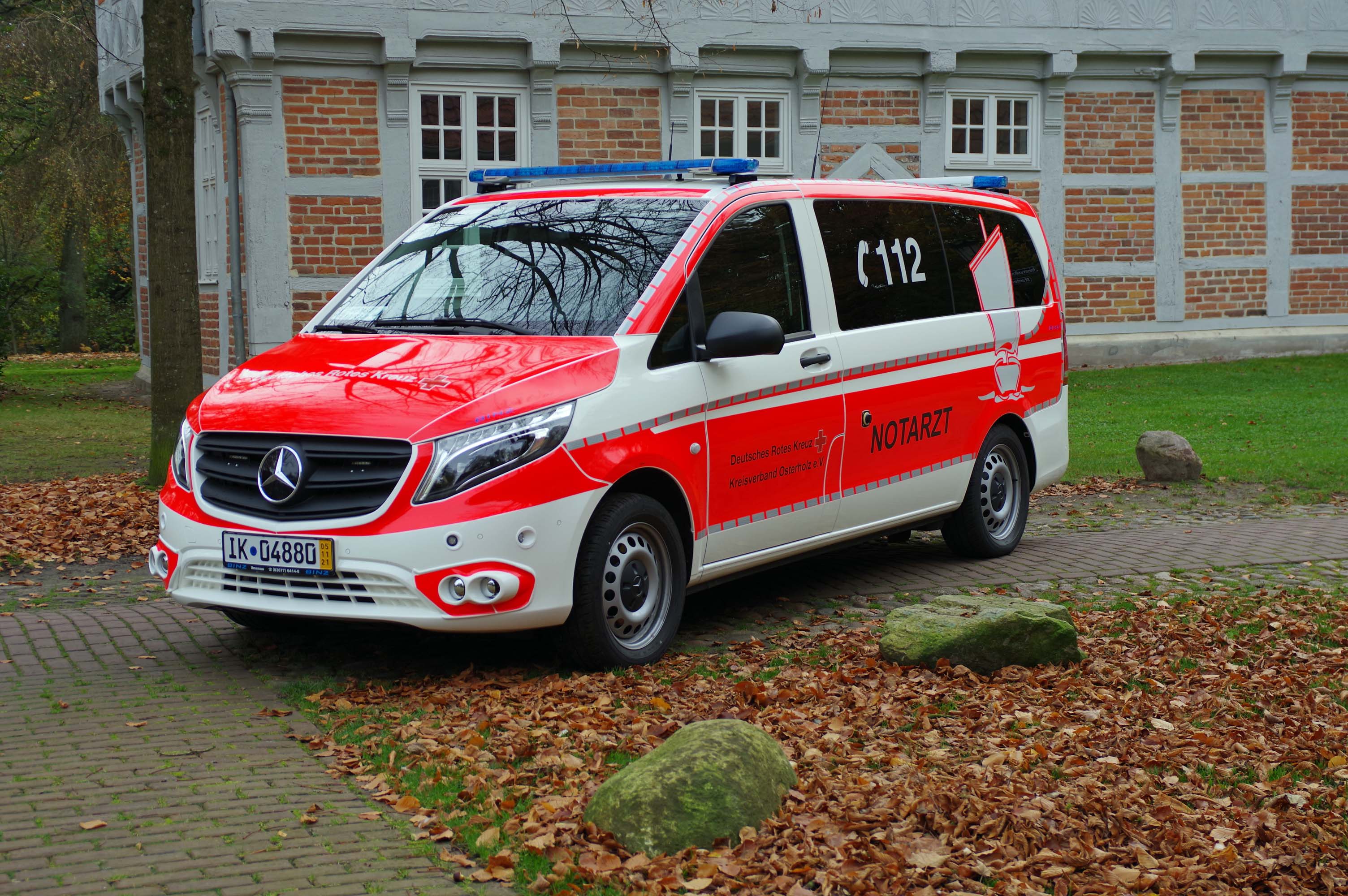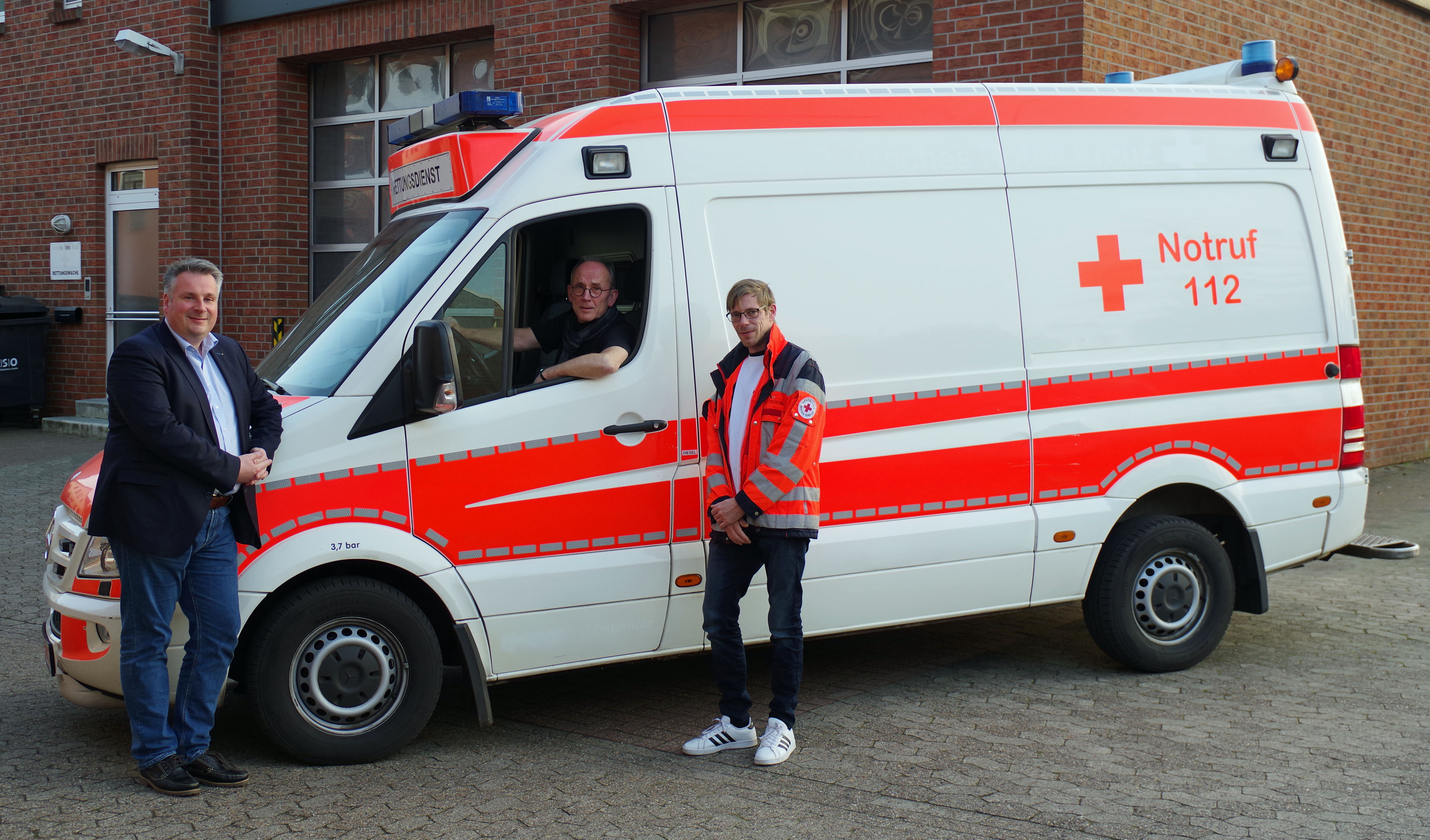Police Deployment OHZ: Your Ultimate Guide To Understanding And Staying Informed
When it comes to police deployment OHZ, there's a lot more to the story than meets the eye. This isn't just about cops showing up at a scene; it's about strategy, coordination, and community safety. Whether you're a curious citizen or someone deeply interested in law enforcement dynamics, understanding police deployment in OHZ is crucial. In today's world, staying informed isn't just smart—it's essential.
So, why should you care? Well, let’s break it down. Police deployment isn’t just random—it’s a calculated move based on data, trends, and specific situations. Knowing how and why these deployments happen can help you stay safe, understand your rights, and even contribute to your community’s well-being. It’s like having a backstage pass to the inner workings of law enforcement in OHZ.
And hey, this isn’t just about reading stats or dry reports. We’re diving deep into what police deployment OHZ really means, from the ground-level operations to the bigger picture. By the time you finish this guide, you’ll have all the tools you need to make sense of it all. Ready? Let’s go.
What Exactly is Police Deployment OHZ?
First things first, let’s define what we’re talking about here. Police deployment OHZ refers to the strategic positioning and movement of police forces in specific areas, often in response to particular situations or incidents. Think of it as the law enforcement version of chess—every move is planned with precision. Whether it’s a routine patrol or a major operation, deployment in OHZ is all about maintaining order and ensuring public safety.
Key Components of Police Deployment
Now, let’s break it down further. There are several key components to police deployment:
- Personnel: The officers involved, their roles, and their training.
- Technology: The tools and equipment used, from radios to surveillance tech.
- Strategy: The plan of action, which can range from crowd control to emergency response.
- Communication: How information is shared between officers, departments, and the public.
Each of these components plays a vital role in ensuring that deployments are effective and efficient. It’s not just about showing up; it’s about being prepared and ready to act.
Why is Police Deployment OHZ Important?
Here’s the thing: police deployment OHZ isn’t just about catching bad guys. Sure, that’s part of it, but it’s also about prevention, community engagement, and building trust. When done right, deployment can deter crime, protect citizens, and even improve relationships between the police and the people they serve.
Take, for example, a situation where there’s a large public event in OHZ. Proper deployment can mean the difference between a smooth event and chaos. Officers are strategically placed to handle any issues that arise, ensuring everyone stays safe and sound. That’s the power of effective deployment.
Impact on Community Safety
Now, let’s talk about the impact. When police deployment OHZ is well-executed, communities benefit in numerous ways:
- Reduced crime rates
- Improved emergency response times
- Enhanced public trust in law enforcement
- Greater community involvement in safety initiatives
It’s all about creating an environment where everyone feels secure and valued. And that’s something we can all get behind, right?
Factors Influencing Police Deployment OHZ
Okay, so we know what police deployment OHZ is and why it matters. But what influences how and where deployments happen? There are several factors at play:
Historical Data
Law enforcement agencies often rely on historical data to inform their deployment strategies. By analyzing past incidents, they can identify patterns and trends that help predict where and when future issues might arise. It’s like having a crystal ball for crime prevention.
Current Events
Of course, current events also play a big role. Whether it’s a natural disaster, a major public event, or a spike in criminal activity, these factors can all influence deployment decisions. Officers need to be ready to adapt to whatever comes their way.
Community Feedback
And let’s not forget the voice of the community. Feedback from citizens can be invaluable in shaping deployment strategies. After all, who knows the neighborhood better than the people who live there?
The Role of Technology in Police Deployment OHZ
Technology has revolutionized the way police deployments are conducted in OHZ. From advanced surveillance systems to real-time communication tools, tech has become an integral part of the process.
Surveillance Systems
Surveillance systems, like CCTV cameras and drones, provide officers with eyes in the sky. They can monitor situations from a distance, gather intelligence, and respond more effectively when needed.
Communication Tools
Communication is key, and modern tools like encrypted radios and mobile apps ensure that officers are always connected. This means faster response times and better coordination, which can make all the difference in high-pressure situations.
Challenges in Police Deployment OHZ
Of course, no system is perfect. There are challenges that come with police deployment in OHZ, and it’s important to acknowledge them:
Resource Allocation
One of the biggest challenges is resource allocation. With limited budgets and personnel, law enforcement agencies have to make tough decisions about where to deploy their forces. It’s a balancing act that requires careful consideration and planning.
Public Perception
Another challenge is public perception. Some citizens may view increased police presence as intrusive or unnecessary, while others may feel it’s not enough. Striking the right balance can be tricky, but it’s essential for maintaining trust and cooperation.
Best Practices for Effective Police Deployment OHZ
So, what are some best practices for ensuring effective police deployment in OHZ? Here are a few key strategies:
- Regular training for officers to stay updated on the latest techniques and technologies.
- Collaboration with community leaders and organizations to gather insights and feedback.
- Investment in technology and infrastructure to support deployment efforts.
- Clear communication with the public about deployment plans and goals.
By following these practices, law enforcement agencies can maximize the impact of their deployments and better serve their communities.
Case Studies: Successful Police Deployment in OHZ
To really understand the impact of police deployment OHZ, let’s look at a few case studies:
Case Study 1: Large Public Event
In one instance, a major public event in OHZ was successfully managed through strategic deployment. Officers were placed at key locations, and communication channels were kept open throughout the event. The result? A safe and enjoyable experience for all attendees.
Case Study 2: Emergency Response
Another example is an emergency response scenario where quick and efficient deployment saved lives. Officers arrived on the scene within minutes, thanks to advanced communication systems and well-planned strategies. It’s a testament to the power of preparation and technology.
Future Trends in Police Deployment OHZ
Looking ahead, there are some exciting trends on the horizon for police deployment in OHZ:
Artificial Intelligence
AI is set to play a bigger role in deployment strategies, helping agencies analyze data and predict potential issues with even greater accuracy. It’s like having a super-smart assistant working behind the scenes.
Community Engagement
There’s also a growing emphasis on community engagement. By involving citizens in the planning and execution of deployments, law enforcement agencies can build stronger, more trusting relationships with the communities they serve.
Conclusion: Why You Should Care About Police Deployment OHZ
So, there you have it—a comprehensive guide to police deployment OHZ. From understanding the basics to exploring future trends, we’ve covered a lot of ground. But why should you care? Because staying informed isn’t just about knowledge; it’s about empowerment.
By understanding police deployment OHZ, you can better protect yourself, your family, and your community. You can contribute to discussions, offer feedback, and even get involved in initiatives that promote safety and security. And that’s something we can all feel good about.
So, what’s next? Share this article with your friends and family. Leave a comment with your thoughts or questions. And most importantly, stay informed and stay safe. Together, we can make OHZ a safer place for everyone.
Table of Contents
- What Exactly is Police Deployment OHZ?
- Why is Police Deployment OHZ Important?
- Factors Influencing Police Deployment OHZ
- The Role of Technology in Police Deployment OHZ
- Challenges in Police Deployment OHZ
- Best Practices for Effective Police Deployment OHZ
- Case Studies: Successful Police Deployment in OHZ
- Future Trends in Police Deployment OHZ
- Conclusion: Why You Should Care About Police Deployment OHZ



Detail Author:
- Name : Dariana Berge
- Username : hansen.brisa
- Email : scotty.lang@hotmail.com
- Birthdate : 2006-10-29
- Address : 9070 Bahringer Point Apt. 224 East Jermaine, OR 88504
- Phone : 480.713.0878
- Company : O'Keefe-Grant
- Job : Sys Admin
- Bio : Modi odit non unde nemo debitis. Animi culpa doloribus est pariatur. Saepe atque cumque ut sunt ipsam beatae beatae qui. Illo omnis quia aut sunt sit temporibus.
Socials
facebook:
- url : https://facebook.com/gertrude_xx
- username : gertrude_xx
- bio : Voluptas molestiae quo repellat sint.
- followers : 306
- following : 2184
instagram:
- url : https://instagram.com/gertrude_id
- username : gertrude_id
- bio : Laborum optio exercitationem quia nisi maiores. Minus nesciunt autem et est ea sint ut.
- followers : 6819
- following : 1879
tiktok:
- url : https://tiktok.com/@gertrude.haag
- username : gertrude.haag
- bio : Eius soluta dolorem facilis qui corporis. Sed aliquam repellendus quos.
- followers : 2139
- following : 1112
linkedin:
- url : https://linkedin.com/in/haagg
- username : haagg
- bio : Deleniti voluptatem qui aut.
- followers : 6341
- following : 997
twitter:
- url : https://twitter.com/ghaag
- username : ghaag
- bio : Rerum est vero harum. Vel unde ratione officia neque velit nobis consequuntur. Omnis laborum et perspiciatis.
- followers : 4697
- following : 467